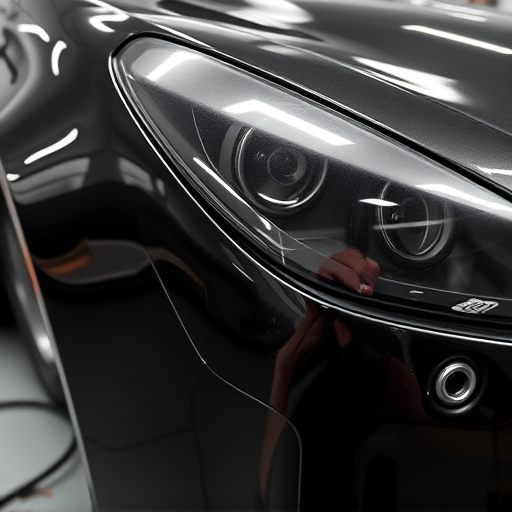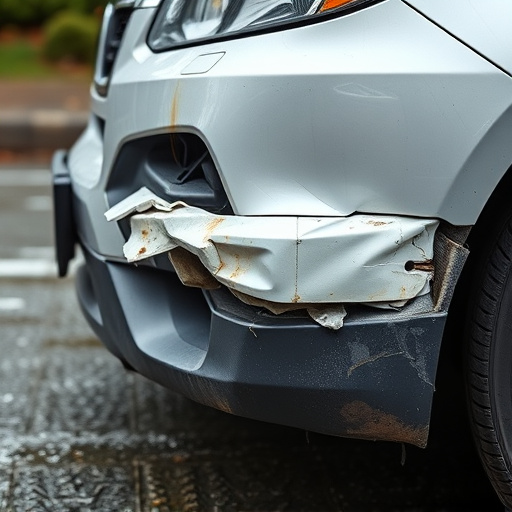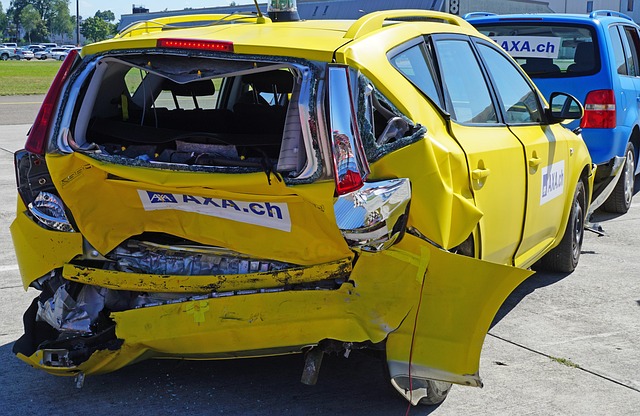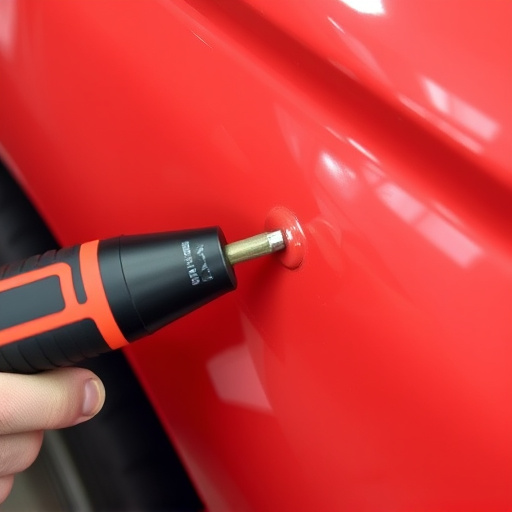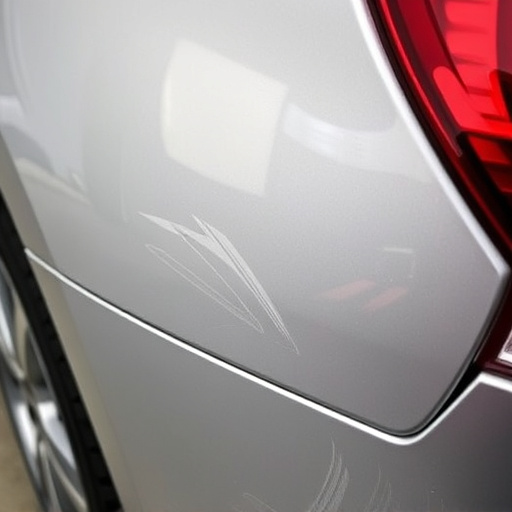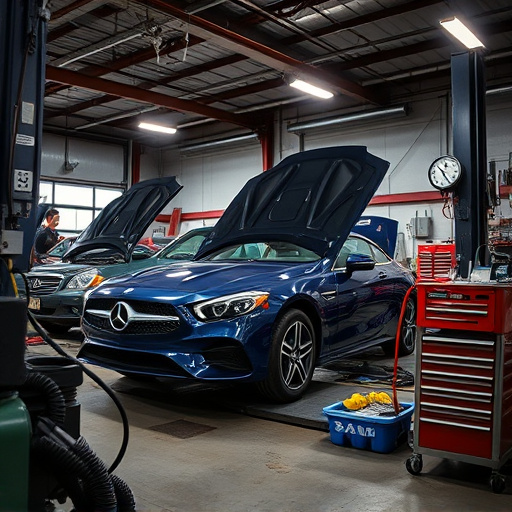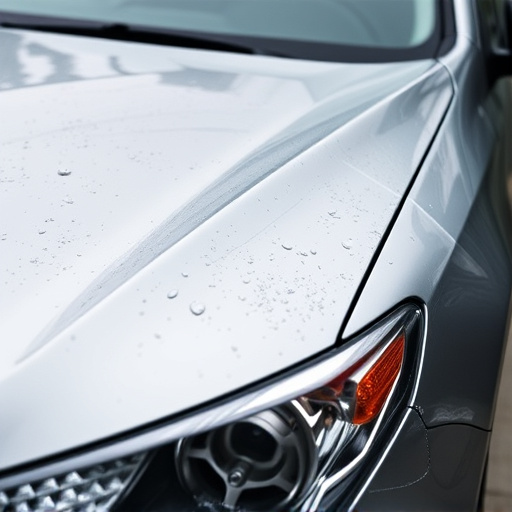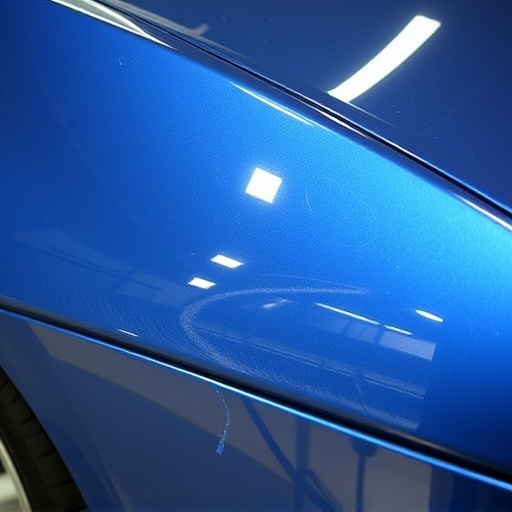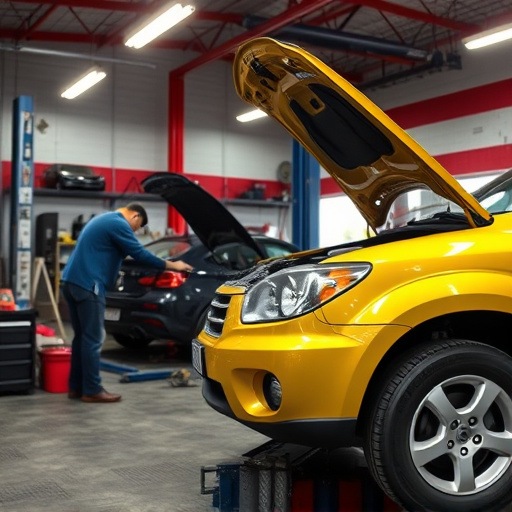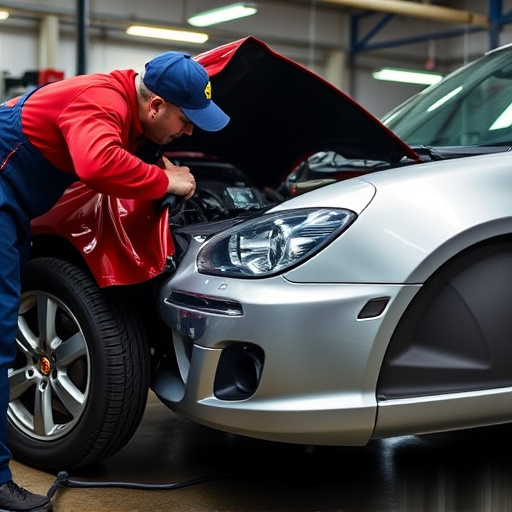Ice damage collision repair poses challenges from unpredictable nature causing dents and scratches. Technicians address these issues by understanding metal behavior in cold temperatures and using specialized methods for restoration. Post-repair, meticulous maintenance includes cleaning, degreasing, rust prevention coatings, and regular care to ensure durable repairs and vehicle longevity, focusing on vulnerable areas like wheel wells and suspension.
In the realm of collision repair, understanding and mitigating ice damage is crucial. Ice can leave remnants of moisture and rust, posing significant challenges for technicians. This article delves into strategies that technicians employ to prevent rust formation during ice damage collision repair work. We explore effective techniques, from initial assessment to post-repair maintenance, ensuring durable, rust-free repairs in the bustling world of auto restoration.
- Understanding Ice Damage in Collision Repair
- Techniques to Prevent Rust Formation
- Effective Post-Repair Maintenance Strategies
Understanding Ice Damage in Collision Repair

Ice damage is a unique challenge in collision repair, often causing significant challenges for technicians due to its unpredictable and often severe nature. When ice forms on vehicles involved in collisions, it can lead to complex issues with vehicle bodywork, including dents, scratches, and even structural damage. Understanding this phenomenon is the first step towards effective prevention and repair strategies.
In ice damage collision repair, technicians must consider how freezing temperatures affect various materials used in car repair services. Vehicle dent repair techniques need to adapt to accommodate the potential expansion and contraction of metal due to changing weather conditions. By being aware of these factors, they can employ specialized methods to restore vehicle bodywork to its pre-incident condition, ensuring a seamless and durable repair.
Techniques to Prevent Rust Formation

In the realm of ice damage collision repair, technicians employ a variety of techniques to prevent rust formation, which is a common and detrimental side-effect after car dent removal or other car damage repairs. Firstly, they ensure that all metal surfaces are thoroughly cleaned and degreased to remove any contaminants that could accelerate rust development. This initial step sets the foundation for subsequent treatments.
Once cleaned, technicians apply protective coatings such as primer and paint, which create a barrier between the metal and potential moisture sources. Additionally, they use specialized rust inhibitors or undercoatings designed to seal and protect the metal. These measures are crucial in mitigating the impact of humidity and preventing the onset of corrosion. In a collision repair center, this meticulous process not only enhances the structural integrity of the vehicle but also ensures its longevity, even after navigating through challenging environmental conditions.
Effective Post-Repair Maintenance Strategies

After completing ice damage collision repair work, technicians employ several effective post-repair maintenance strategies to prevent rust and ensure long-lasting results. This includes meticulous cleaning and deicing of all repaired surfaces to eliminate any residual moisture or salt that could initiate corrosion. They also apply high-quality rust inhibitors and protective coatings specifically designed for automotive use, creating a barrier against the elements.
Regular washing and waxing of the vehicle become essential parts of the maintenance routine. Technicians recommend using pH-balanced car wash solutions and microfiber towels to avoid damaging the freshly repaired surfaces. Additionally, keeping tires in top condition through regular inflation checks and tire services helps maintain overall vehicle integrity, including preventing rust formation around wheel wells and suspension components, commonly affected areas during ice damage collision repairs.
In the realm of ice damage collision repair, technicians employ a multi-faceted approach to prevent rust formation. By understanding the unique challenges posed by frozen environments and implementing specialized techniques, they safeguard vehicles against future corrosion. Effective post-repair maintenance strategies further reinforce these efforts, ensuring that repaired vehicles remain in optimal condition for years to come, even amidst icy conditions. These comprehensive methods are pivotal in maintaining the integrity and longevity of vehicles undergoing ice damage collision repair.

